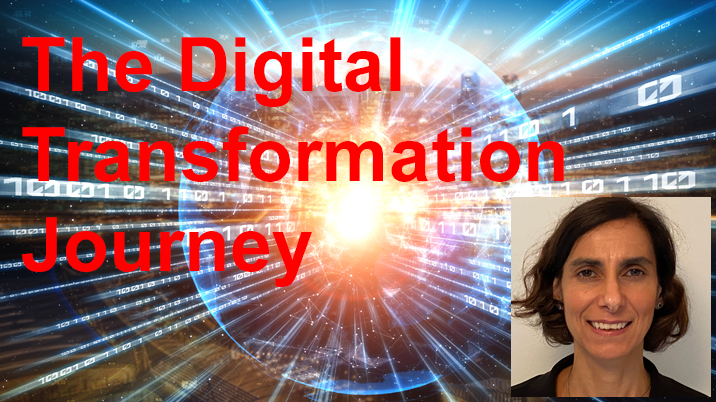
Where is consumer media on the digital transformation journey?
Jess Burney, managing director, direct marketing and business development at Immediate Media, whose titles include BBC Good Food, Gardeners’ World and the Radio Times, believes the consumer media market’s response to digital is very different to that of the B2B media sector, because they are fulfilling different customer needs. In the consumer part of the market, where her company sits alongside other big players such as Hearst, Future and Condé Nast, the audience has moved into “a very mixed economy of consuming across different platforms and different formats”.
This multi-platform approach is in stark contrast to the B2B sector, where “most information is now digital and what were trade magazines are virtually non-existent”.
Burney says: “We have offerings for consumers across multiple platforms. We have a big heritage in print, but we also have very large websites that generate record-breaking amounts of traffic, apps and podcasts.”
She cites the Good Food app that sits alongside the magazine, the website and the event and is “incredibly well-used”.
“The relationship with brands in our space has never been as multi-channel, as multi-platform, as multi-product,” she adds.
One of the key developments in the digital transformation journey in the consumer media sector has been the use of data to better understand customers.
“Understanding that data which publishers have got so much better at is a really good means of being able to develop products for customers, and to understand what customers want and how customers behave, so the marketing can be refined to get more revenues and to get more people subscribed.”
Key milestones
- Digital editions were and are a very good way of getting a product into the hands of people who might not have considered it in the core format, a very good way of reaching customers who prefer digital content to physical products. They started quite a while ago, but they’re now good, solid, growing parts of our business.
- Websites are generating record-breaking amounts of traffic, and record-breaking amounts of engagement.
- Apps: Good Food, Gardeners’ World and the Radio Times, all Immediate brands, have launched successful apps which increase engagement with their customers.
- Mobile: as a means of getting content to customers and seeing real traction, platforms such as Apple News can be very helpful.
Lessons learnt
Often when launching new products to market, there is a temptation to set too many goals, which can often slow projects down. There might be ten ambitions for each project, which can sometimes make the projects longer than you’d ideally want. What we’ve learned is by focusing on doing things quicker and having smaller projects, you can find the minimum viable product you can get out there and get the learning quicker, then you can make the decision about what to invest more in.
Where does consumer media need to get to and how does it get there?
Burney says: “Insight into the customer is at its peak, but there’s clearly still a lot more opportunity out there. We’re seeing evidence all the time of how fantastically engaged customers are with our brands. It’s a similar story if you look at other players in the market. Future, who’ve gone really big in terms of very specialist communities and commerce activity, are driving that really hard, understanding what their customers want and creating new product offerings. Hearst and Condé are increasingly exploring different product areas, physical products, digital products as well as creating business to business opportunities.”
The next step for consumer media, she believes, is to continue to push customers up the curve towards greater revenue and increased engagement, as well as getting customers, particularly new ones, to tell them who they are. Through that data, publishers can become better at meeting customer needs.
What does the future hold?
Burney believes consumer media is moving towards a space where brands will increasingly have an even bigger footprint across multiple platforms. She says: “There will be more regular engagement with brands through digital, through newsletters, through regular touchpoints that will help us. I think we will get better and better at being able to work out what customers want. That ability to customise and package your product to different customers is really helpful, so if you’re an experienced cook, you may have a very different need to someone who’s new to cooking.” In the future, consumer media will become more about individual journeys, she says, adding: “I think it’s quite a fascinating time at the moment and we certainly feel optimistic about what we can do in this space.”
Consumer media SWOT
STRENGTHS:
Multi-platform offerings; customer data; personalised content.
WEAKNESSES:
Setting too many goals.
OPPORTUNITIES:
Getting better at understanding customer data; creating individual journeys.
THREATS:
The main threat is competition for customer attention and share of wallet versus other media such as TV streaming and other leisure spend.
This article is part of our special feature on The Digital Transformation Journey, originally published in April in conjunction with The Publishing Show. The feature contains the following six articles:
National news media, with Dominic Carter
Regional news media, with David Higgerson
Consumer media, with Jess Burney
B2B media, with John Barnes
Customer media, with Ann Hartland
Scientific / academic media, with Sara Sharman










